WASHINGTON — After more than two years of perceived slights and supposed snubs, the new contours of a revitalized but evolving partnership between the United States and Saudi Arabia are beginning to take shape. This month’s visit to Washington by King Salman solidified the defense and security aspects of this new version of an old relationship. The Saudis are also strongly pushing an economic agenda as the centerpiece of what King Salman identified as a “new strategic alliance for the 21st century.”
Last May, when President Obama hosted leaders of the Gulf Cooperation Council for a summit meeting at Camp David, the Saudi monarch was conspicuously absent. The talk then of a “snub” missed two crucial points. First, the Saudis were trying to ensure that the Camp David meeting was the beginning, not the end, of a new conversation. Second, King Salman did not want to share center stage in his first major trip abroad as king with figures like the deputy prime minister of Oman.
The Persian Gulf states’ primary concerns in the wake of the Iran nuclear deal were that a windfall of income from sanctions relief, as well as the diplomatic legitimacy conferred by the agreement, could empower and embolden Tehran. But when it became clear that they had obtained all the assurances they were likely to get from Washington, and that the agreement was going to be implemented no matter what they said, the gulf states endorsed the Iran nuclear agreement in a joint statement issued with Secretary of State John Kerry on Aug. 3.
Now that it’s clear that the nuclear agreement will be implemented, both the United States and Iran are forced to consider one another’s policies on issues beyond the nuclear question. This brings American perspectives much more in line with the Saudi government’s views.
In a Sept. 2 letter to Congress, Mr. Kerry strongly condemned Iran’s regional behavior and said that the United States had “no illusion that this behavior will change.” He added that America’s partnership with the gulf states “will remain at the core of our regional security strategy,” and is “our most effective tool.”
But there is a new hierarchy of values at work in the security component of the partnership. Saudi Arabia has adopted a more independent and assertive regional posture, most visibly expressed in the Arab intervention in Yemen, which recently claimed the lives of 45 Emirati, 10 Saudi and five Bahraini soldiers.
The United States has been supportive of the intervention, though quietly concerned about its long-term ramifications and the humanitarian impact. Despite misgivings, the United States is preparing to resupply Saudi Arabia with thousands of precision-guided munitions to replenish stocks exhausted by the Yemen campaign. The Pentagon recently approved the sale of 600 Patriot defense missiles, valued at $5.4 billion.
Deals are also being finalized on two Lockheed Martin frigates, priced at over $1 billion, and 10 MH-60R helicopters, at $1.9 billion. This is all on top of a 20-year arms-sales agreement, sealed in 2010 and worth $60 billion.
Saudi Arabia seeks to add a new major economic component to the relationship. The main new initiative in the recent Washington visit was a road map for greater American involvement in the Saudi economy. The Saudi Economic and Development Council, led by the deputy crown prince (who is also the king’s son), presented detailed proposals for investments in mining, oil and gas, retail sales, entertainment, housing, infrastructure, banking and technical services, all including incentives and concessions for American companies, and valued at many hundreds of billions of dollars over the next five years.
In this new relationship, however, new wrinkles are inevitably emerging.
The newfound independence of Saudi security doctrine is simultaneously reassuring and worrying to Washington. Under the rubric of burden sharing, it is warmly welcomed. But more autonomous Saudi decision making makes Washington uneasy, particularly since, when things go wrong, the United States will still have to deal with the fallout.
Saudi Arabia remains dismayed by the lack of American engagement on Syria. Riyadh is likely to intensify efforts to influence events in Syria, particularly as Iran and Russia step up their support for President Bashar al-Assad. As the United States seeks more Saudi support in the battle against the Islamic State, Saudi Arabia will argue that the brutality of the Assad dictatorship drives support for the terrorists. They will push for a strategy of confronting both simultaneously, however difficult that may be.
The Saudis have already been acting independently in Syria. If they now perceive their Yemen campaign to be a success and the United States to be trapped by inaction, they may be prepared to take bolder, more risky action against Mr. Assad in the coming year.
But if Syria remains a source of tension, that is because the United States and Saudi Arabia ultimately need each other’s cooperation. The former Saudi foreign minister, Prince Saud al-Faisal, described the partnership as a “Muslim marriage,” meaning that while the two are committed to each other, the relationship is not necessarily exclusive. The limitations of that approach became apparent during the recent period of relative estrangement.
Saudi Arabia can flirt with countries like Russia, China and France, but, as they have recognized, Washington is indispensable. And despite the perseverance of arguments that Riyadh is a greater source of extremism than Tehran — something no serving American official ever discusses — Saudi Arabia remains a crucial American ally in opposing both Iran and regional extremists like the Islamic State.
This is hardly the first time the American-Saudi alliance has been strained. And this time, the basis of the partnership has been modified. Both sides have clearly found there’s no plausible alternative and have come home to each other again.
This article originally appeared in The New York Times.
The views represented herein are the author's or speaker's own and do not necessarily reflect the views of AGSI, its staff, or its board of directors.


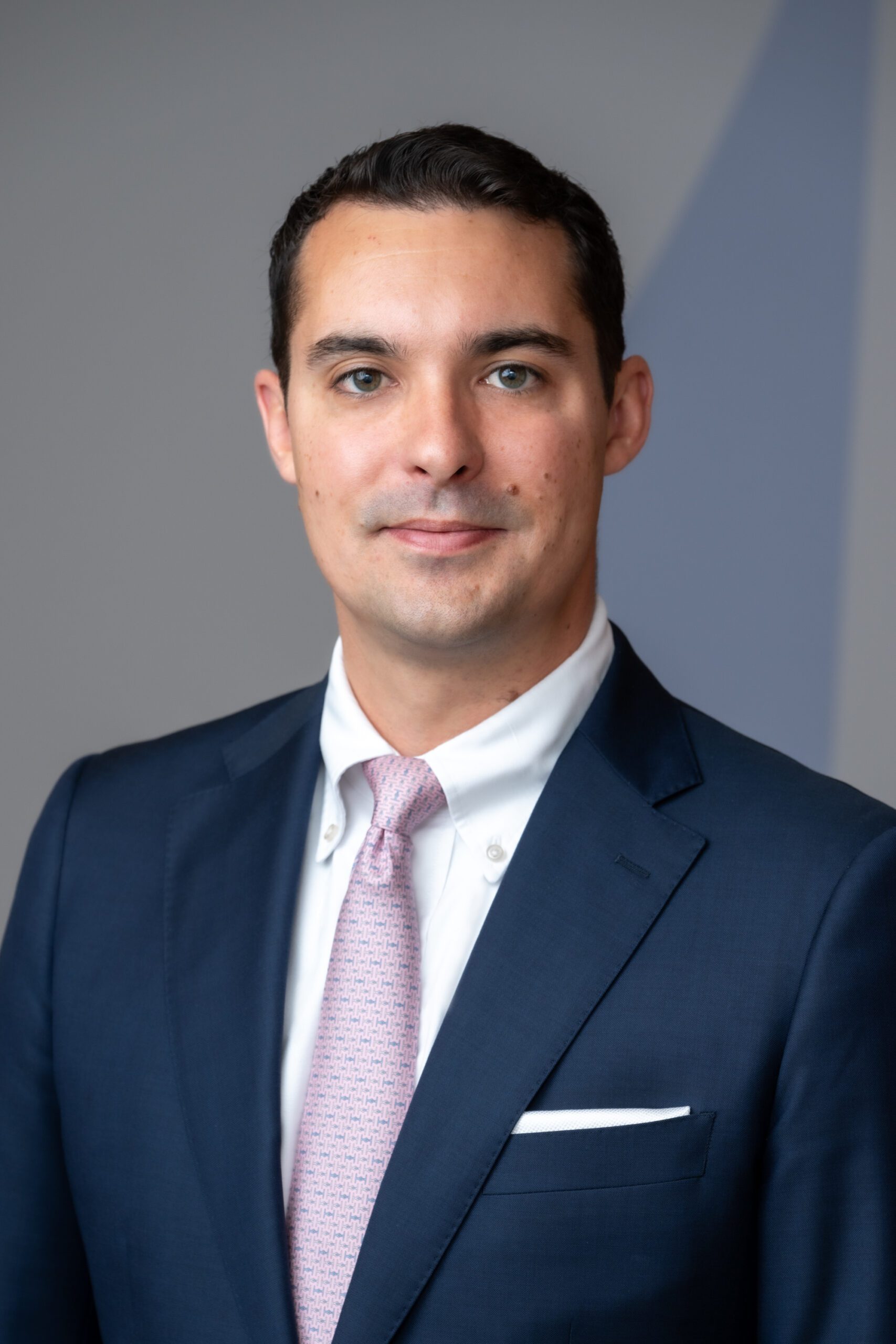

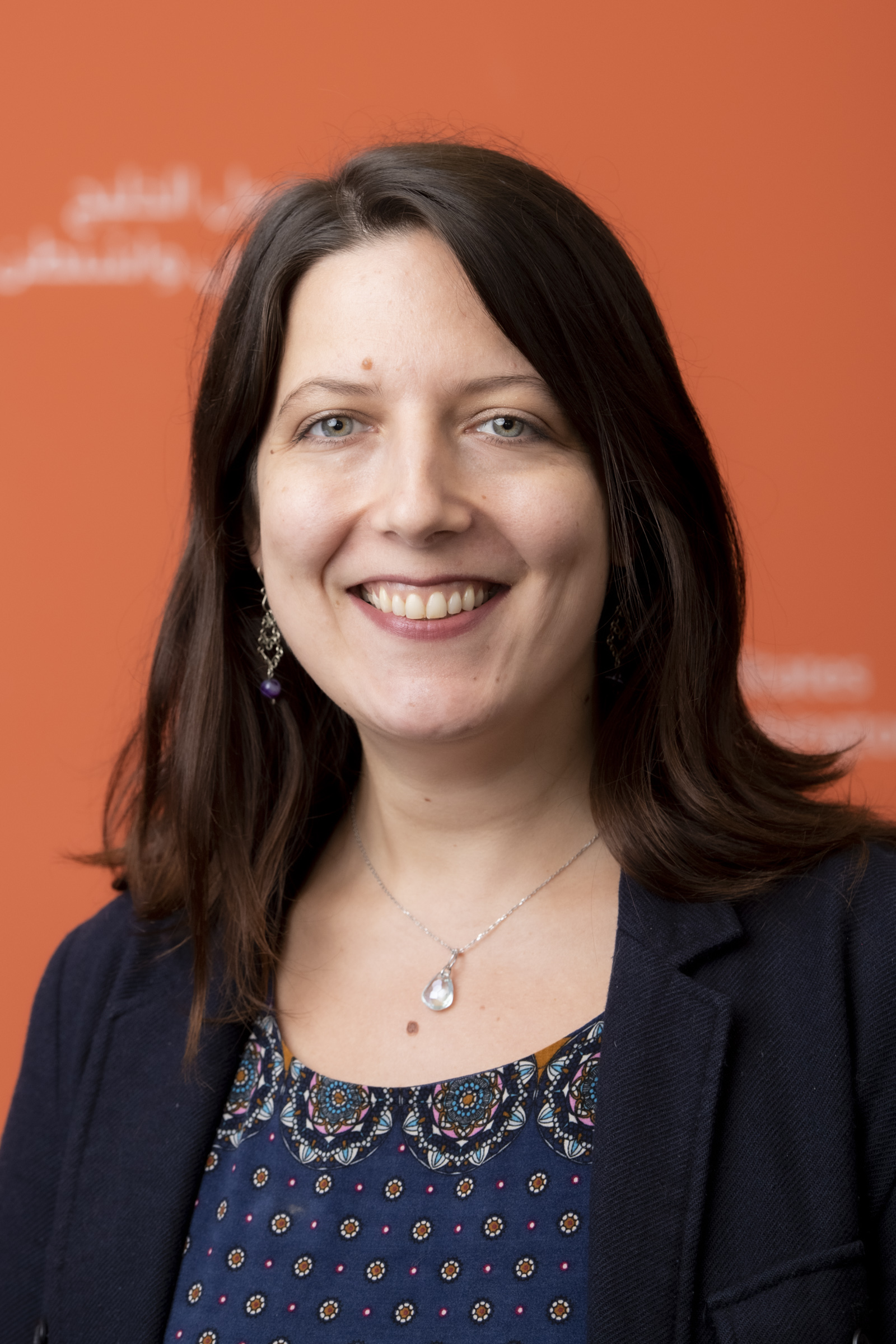







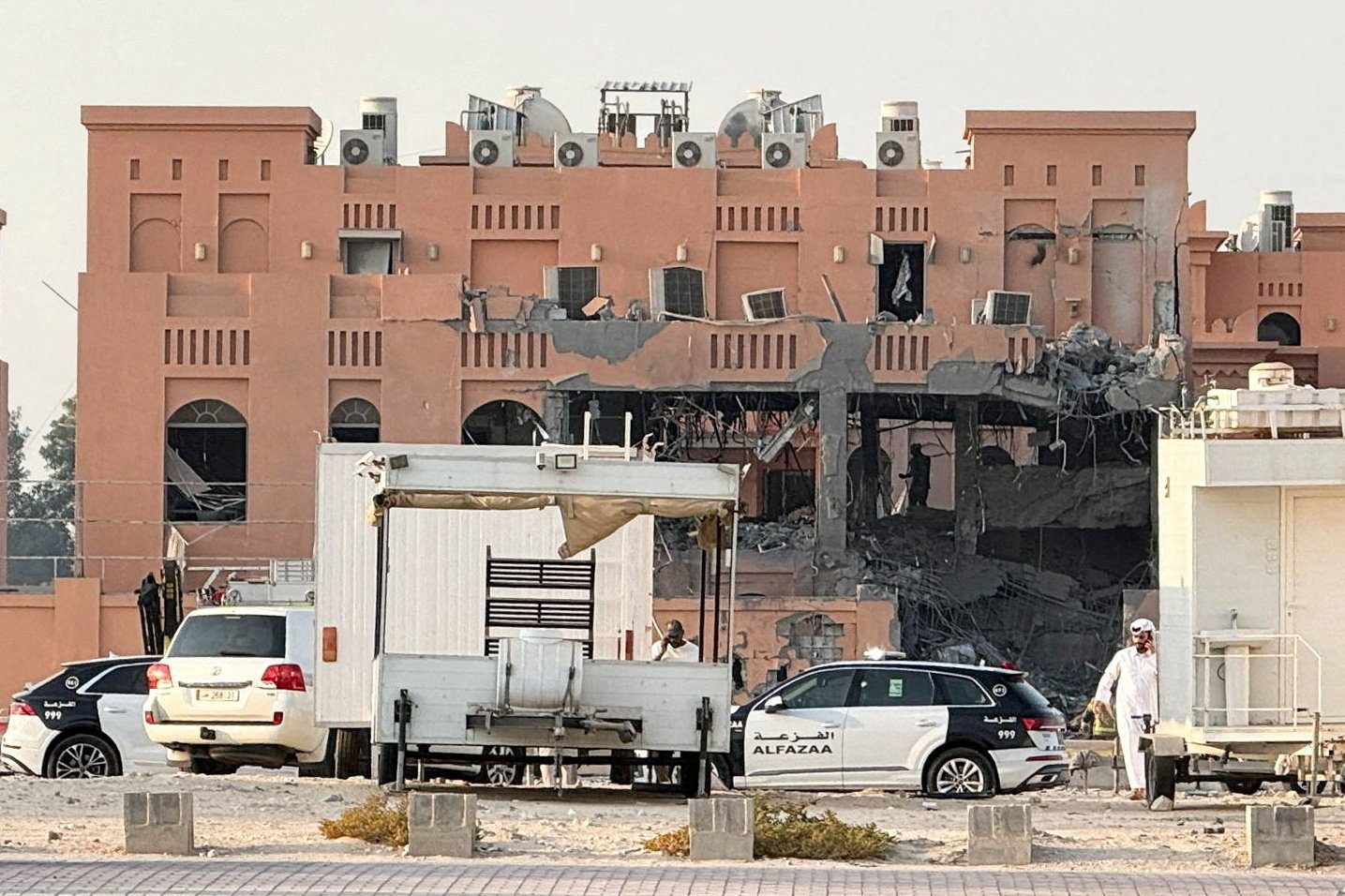
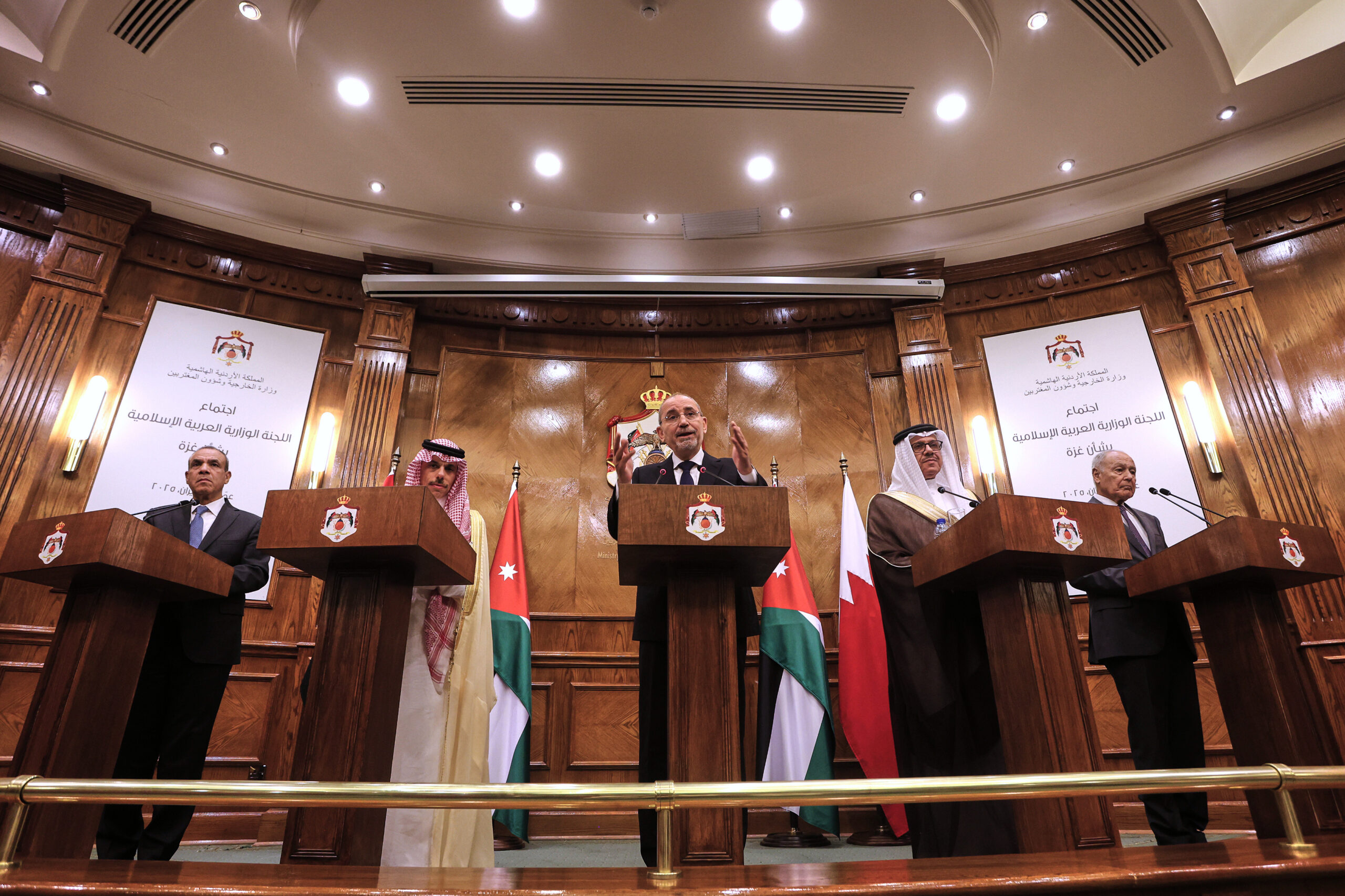

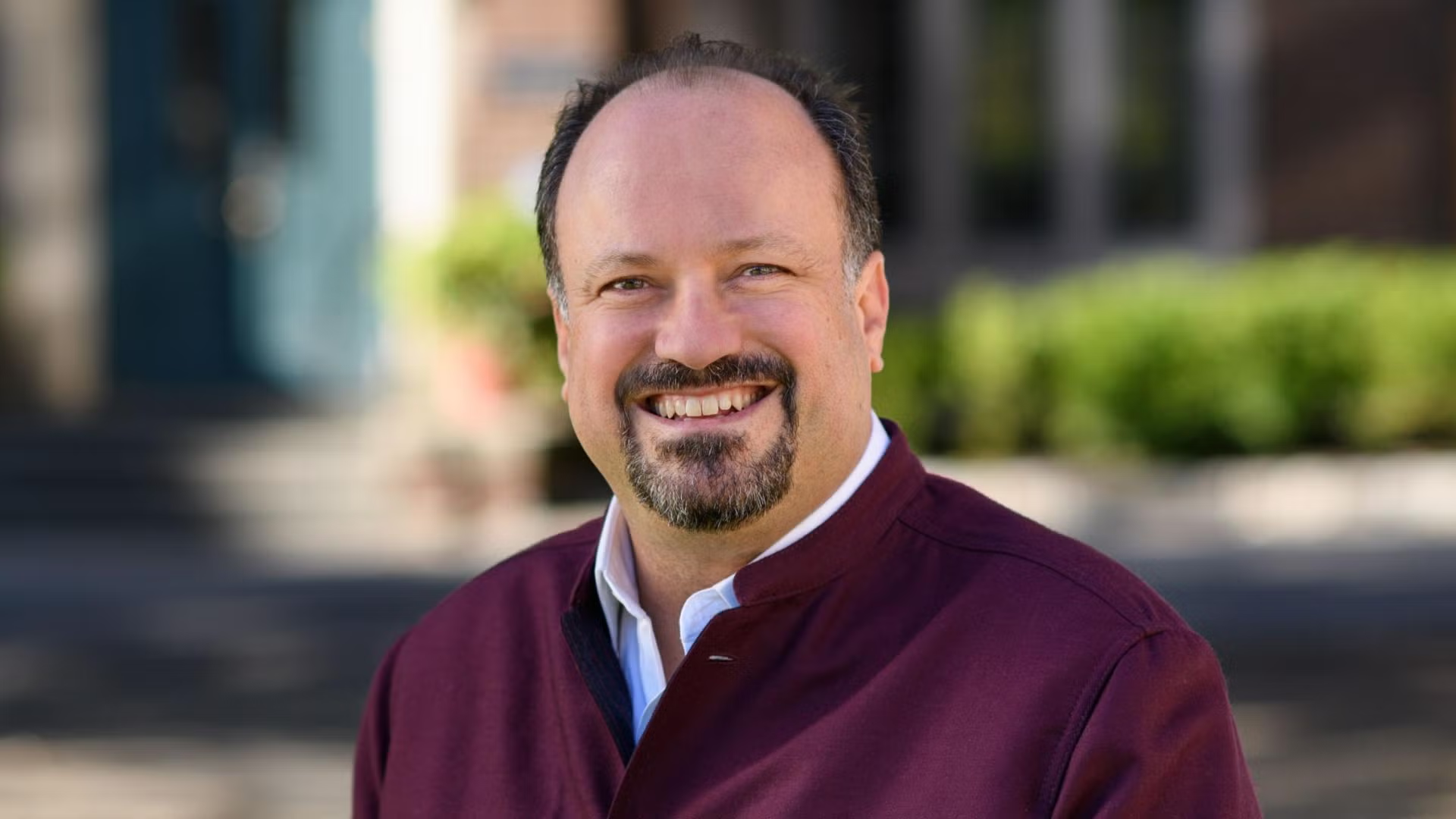
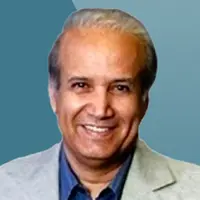

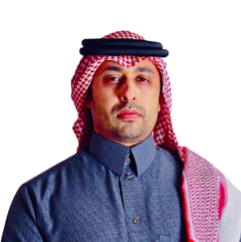
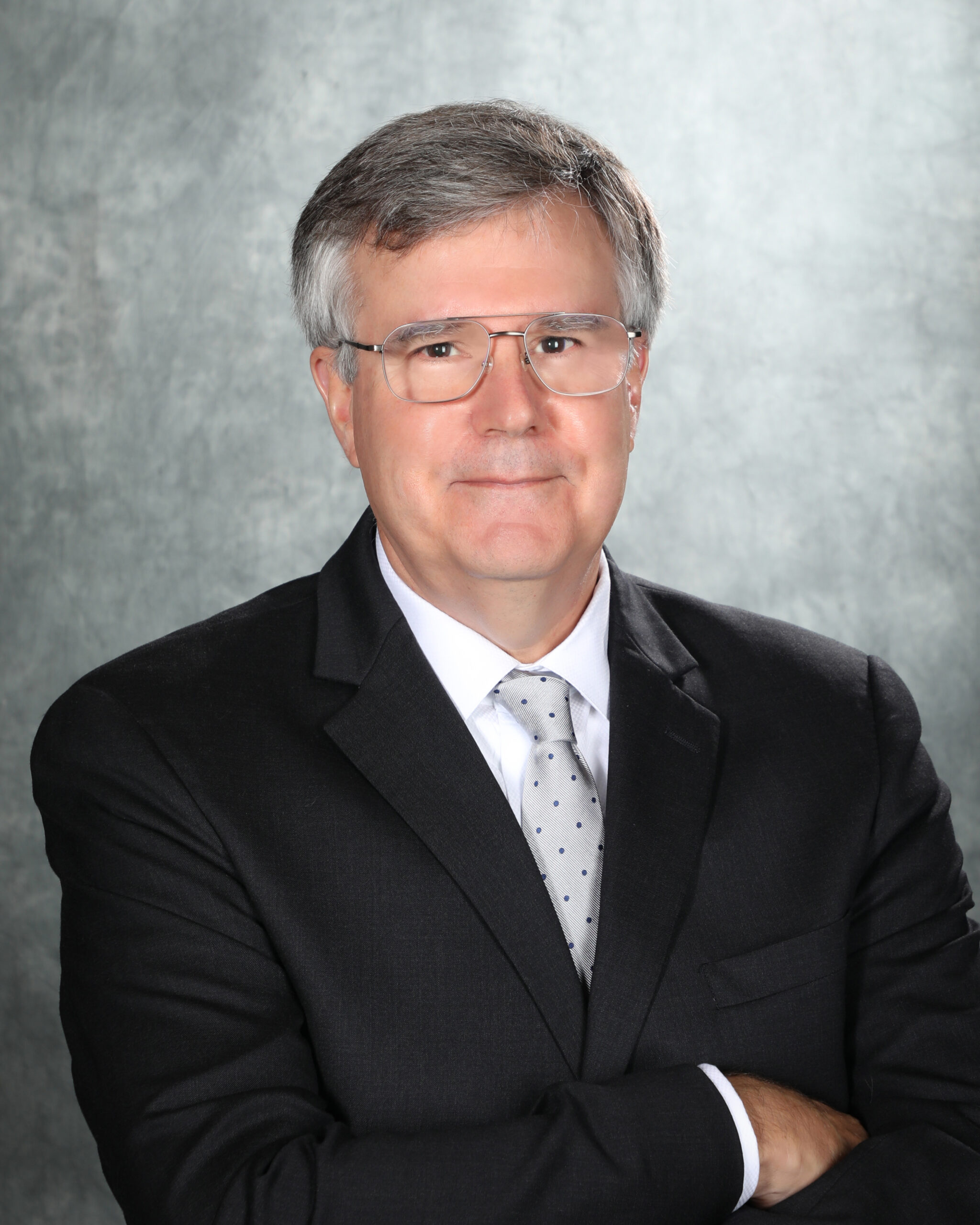
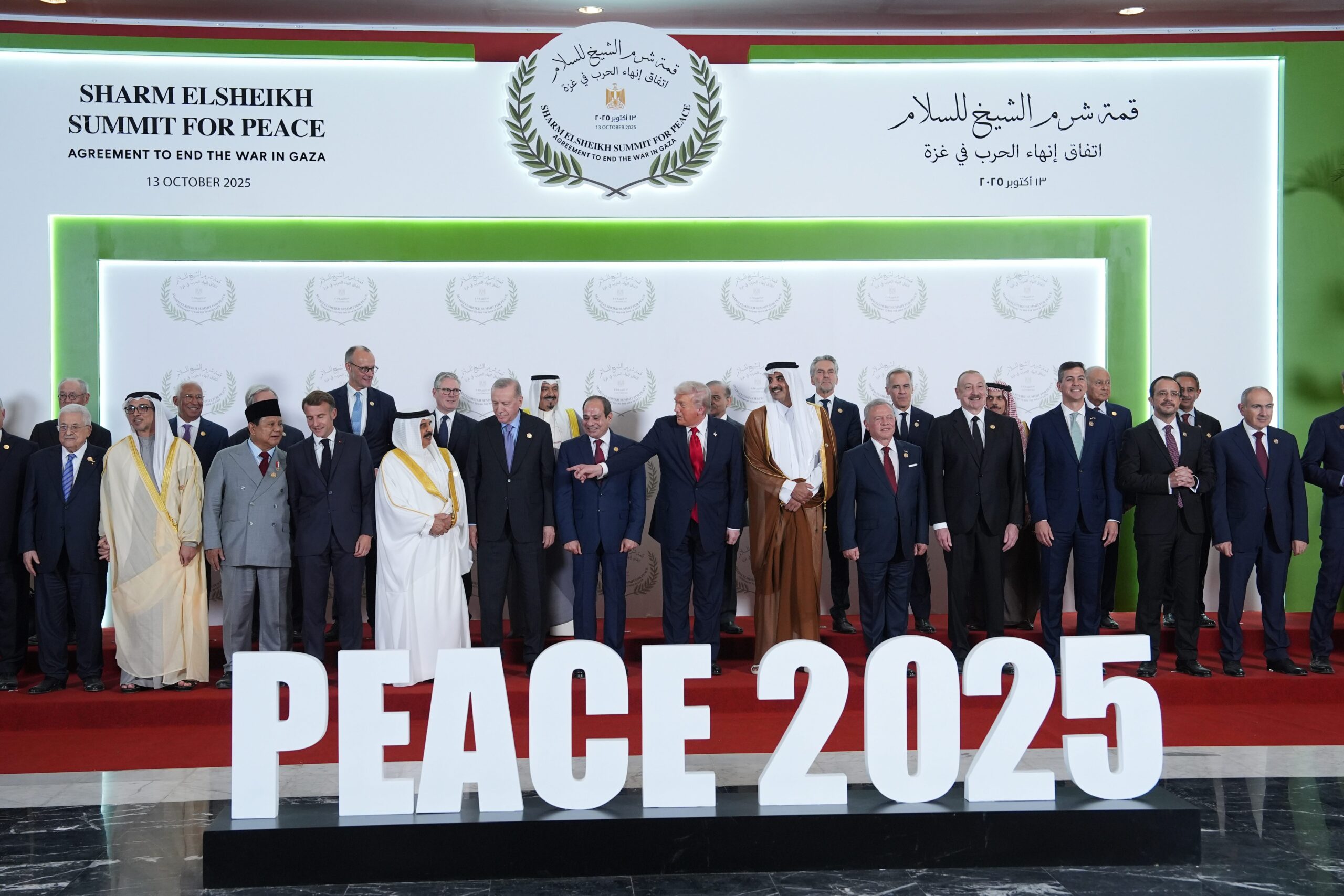
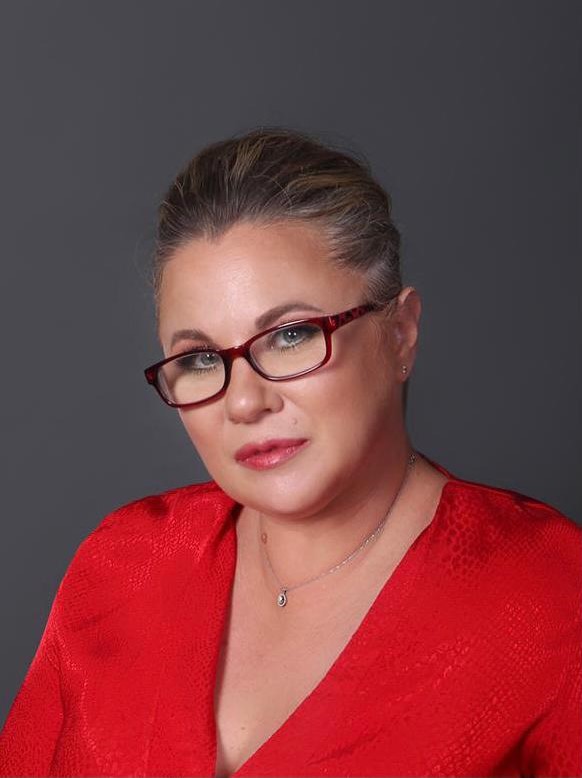
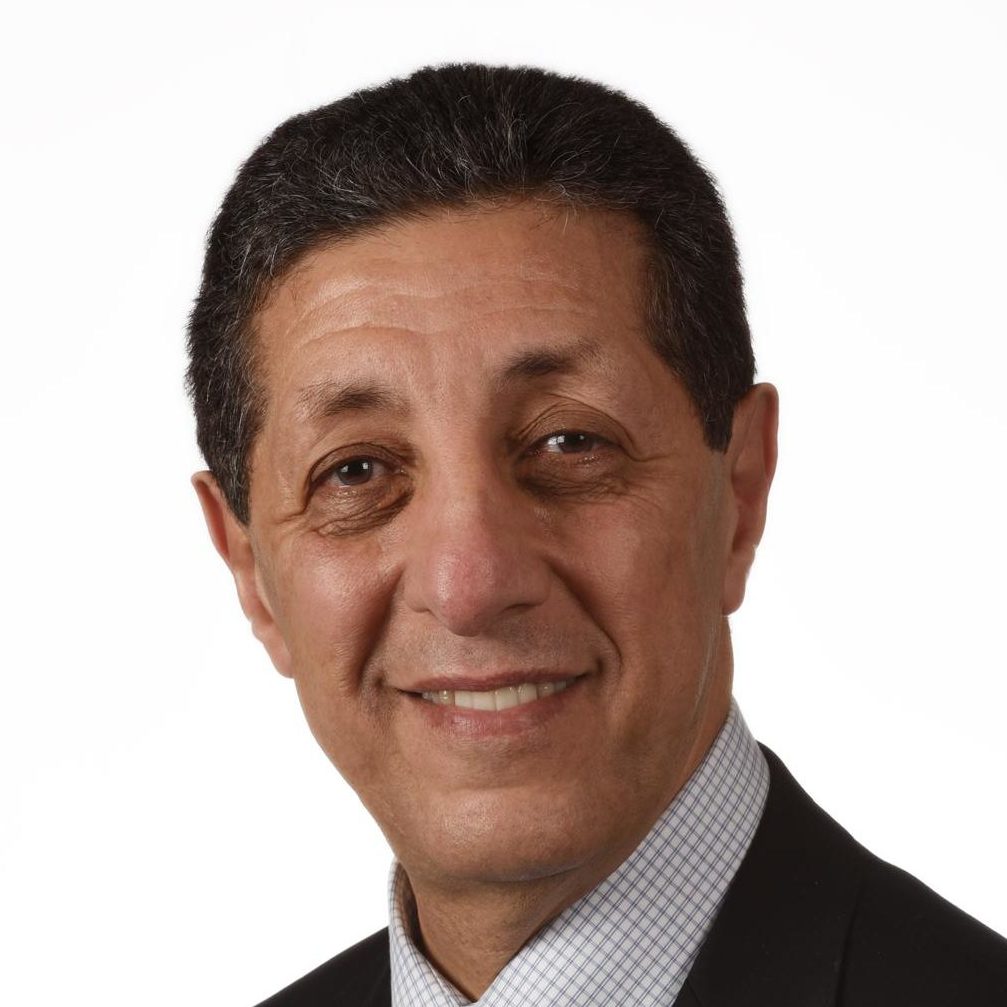
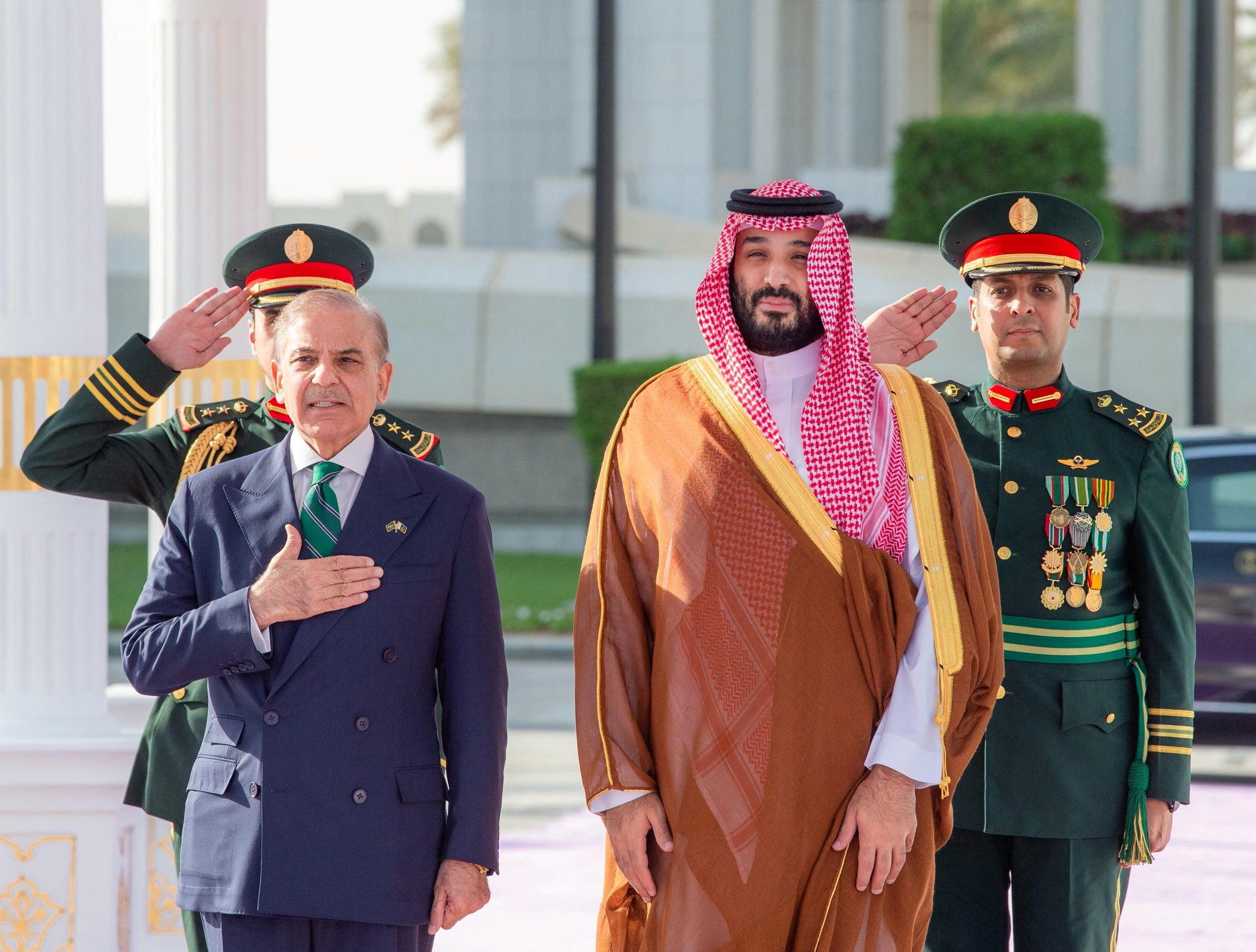
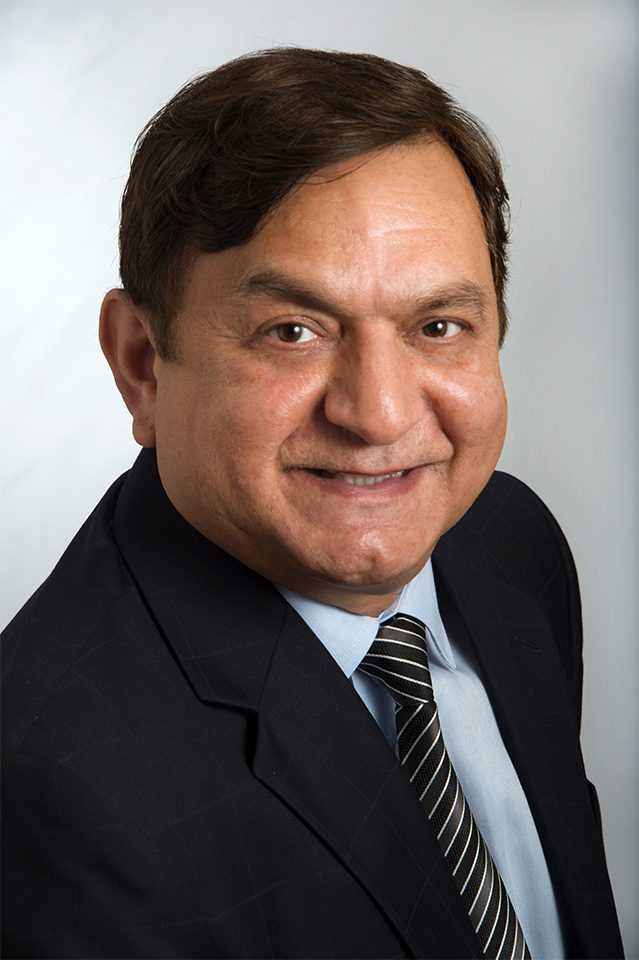
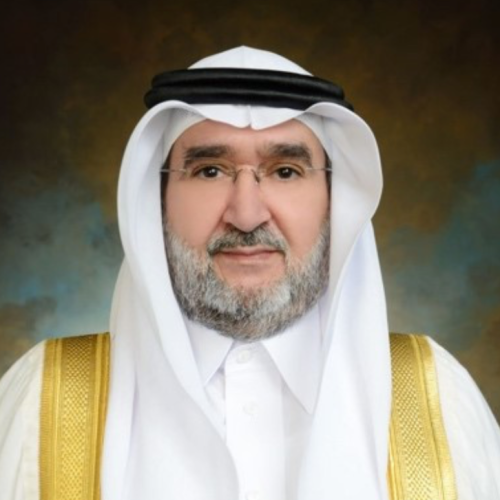
Sep 21, 2015
A Saudi-American Reset
WASHINGTON — After more than two years of perceived slights and supposed snubs, the new contours of a revitalized but evolving partnership between the United States and Saudi Arabia are beginning to take shape. This month’s visit to Washington by King Salman solidified the defense and security aspects of this new version of an old...
5 min read